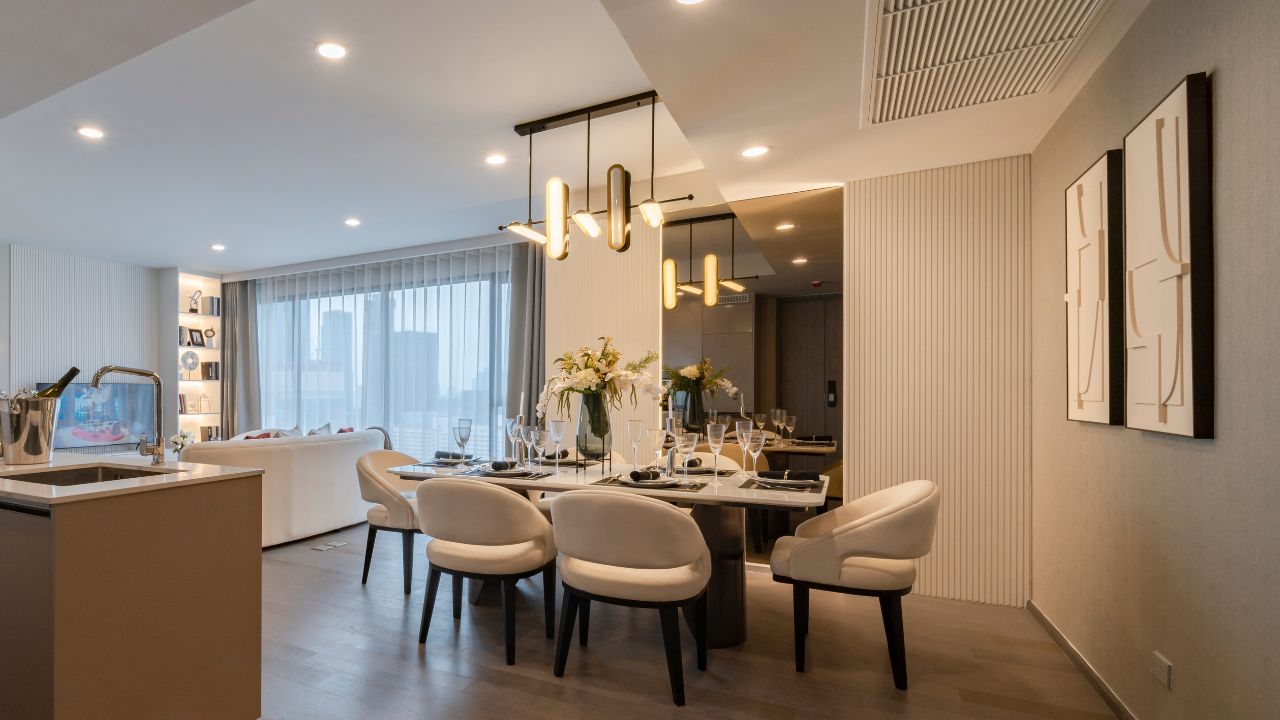
Expensive Vibes on a Budget
Many people crave that polished, luxurious feel in their home, but don’t have the budget or desire to bring in a professional. Maybe it’s the price tag, maybe you love DIY, or maybe you just don’t know where to start. Whatever the reason, you can still get that high-end look on your own.
It’s not about how much you spend, it’s about the right details that bring instant sophistication. Let’s discuss designer secrets to make any room look luxurious.
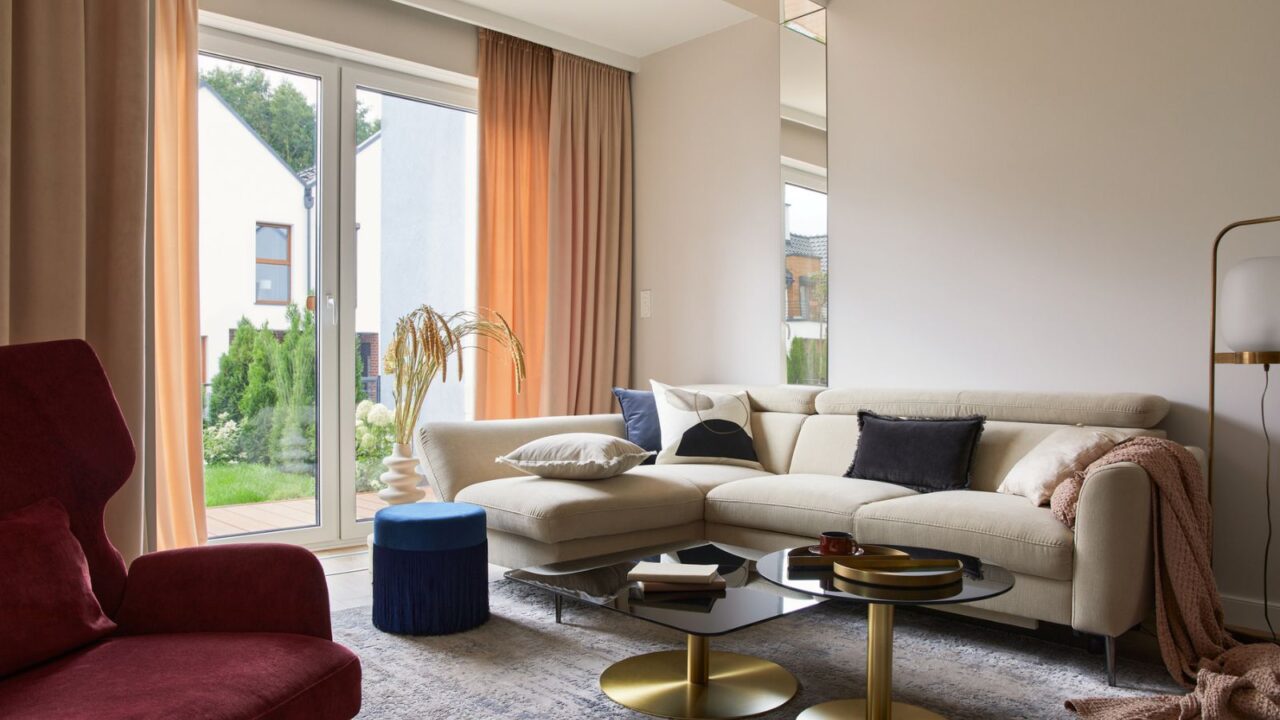
Start With a Thoughtful Color Palette
Designers don’t just throw color around, they curate it. A high-end room usually starts with a cohesive color palette that feels calm, sophisticated, and intentional. Think taupes, soft grays, creamy whites, with navy, rust, or forest green pops.
The key? Consistency. Carry your palette through walls, furniture, textiles, and even small decor.
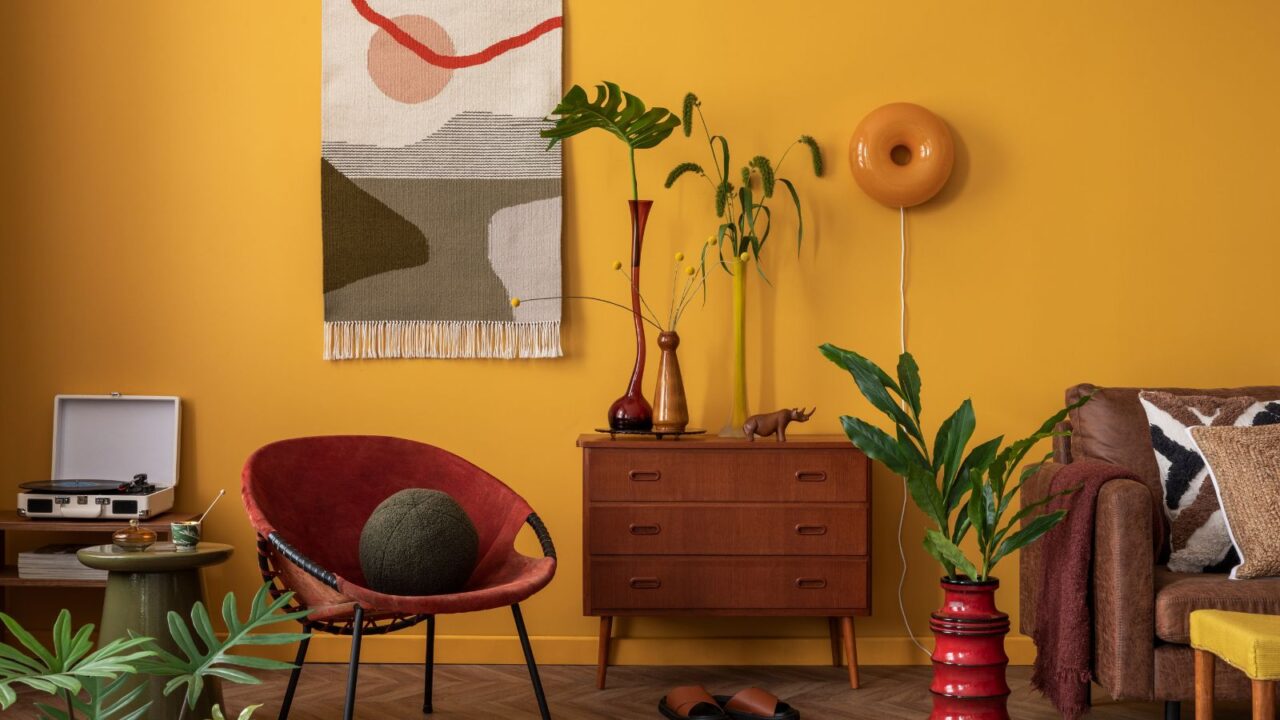
Go Big on Statement Pieces
Every room needs a statement piece, that one item that anchors the space and draws the eye. Interior designers often invest more here, choosing a large-scale artwork, a bold mirror, or a sculptural light fixture to lead the room’s story.
When everything is small or similar, a room can feel cluttered and underwhelming. But when one item takes center stage, the rest get to play a supportive role.
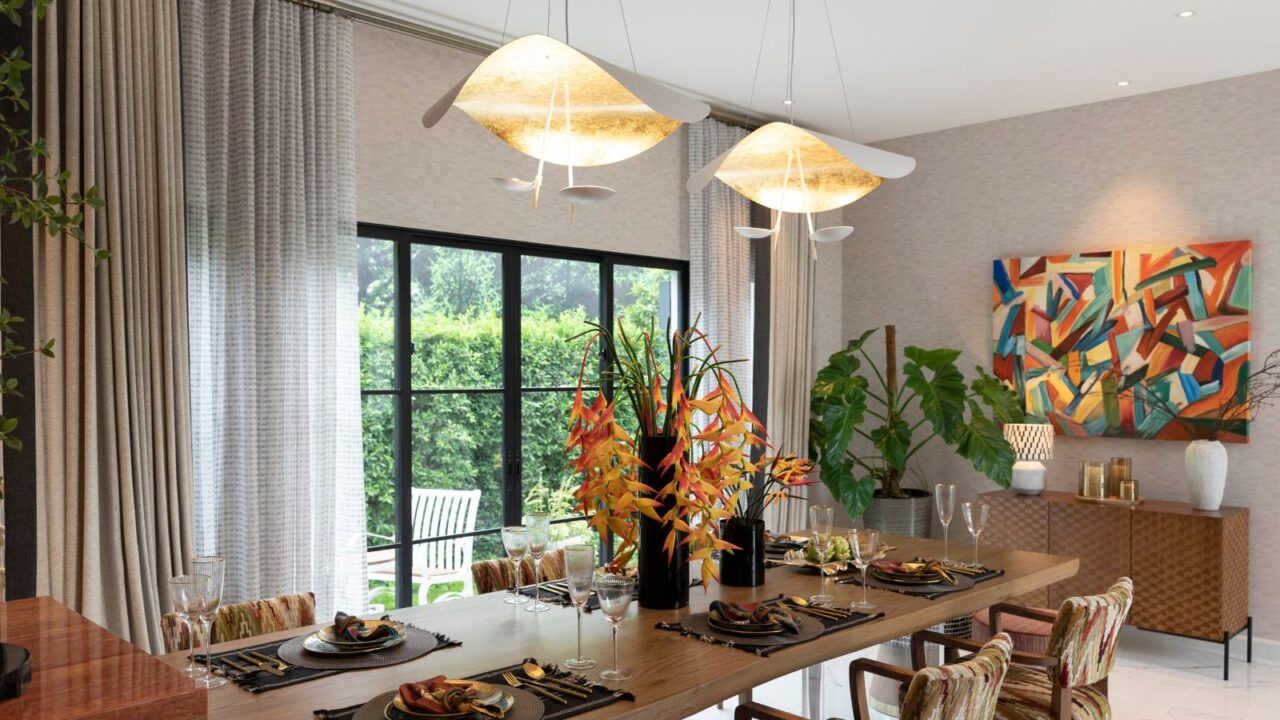
Layer Lighting Like a Pro
Want your space to scream luxury? Rethink that single overhead light. Interior designers swear by layered lighting: ambient, task, and accent. That might mean recessed ceiling lights, a statement chandelier, floor lamps near a reading nook, and soft sconces to add warmth.
Mixing light sources allows you to control mood and function, just like in a boutique hotel or upscale restaurant.

Custom Window Treatments
Ask any designer, and they’ll tell you that window treatments are the most underrated design move. Skip the basic blinds. Tailored drapes, especially ones that start at the ceiling and skim the floor, make ceilings feel taller and rooms more finished.
Go for linen, velvet, or soft cotton blends in classic colors. If custom isn’t in the budget, buy longer panels and hem them yourself for a tailored fit.

Invest in Framing
Nothing ruins good art faster than cheap frames. Designers always enhance wall art with quality frames, even if the artwork is a budget print or a personal photo. Go for sleek black, gold, or natural wood tones in gallery-style finishes.
Bonus points for a mat board, it adds depth and a museum feel. Frame sets in grids or asymmetrical arrangements for impact.
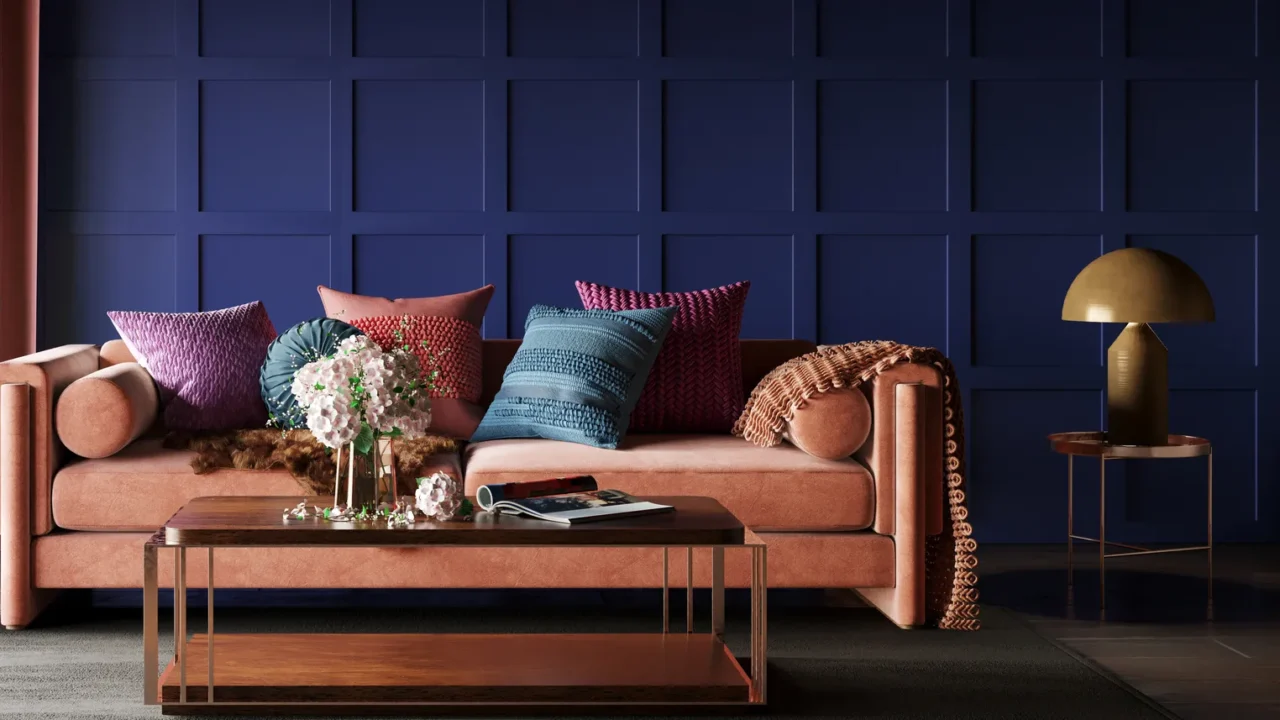
Add Architectural Detail
Molding, trim, and ceiling medallions aren’t just for old mansions. Designers often use these details to add depth and drama. The good news? Peel-and-stick options or paintable foam trims make it DIY-friendly.
Try adding chair rail molding or framing your entryway with simple wood trim. Even painting a border or faux frame on the wall adds a custom-built feel.
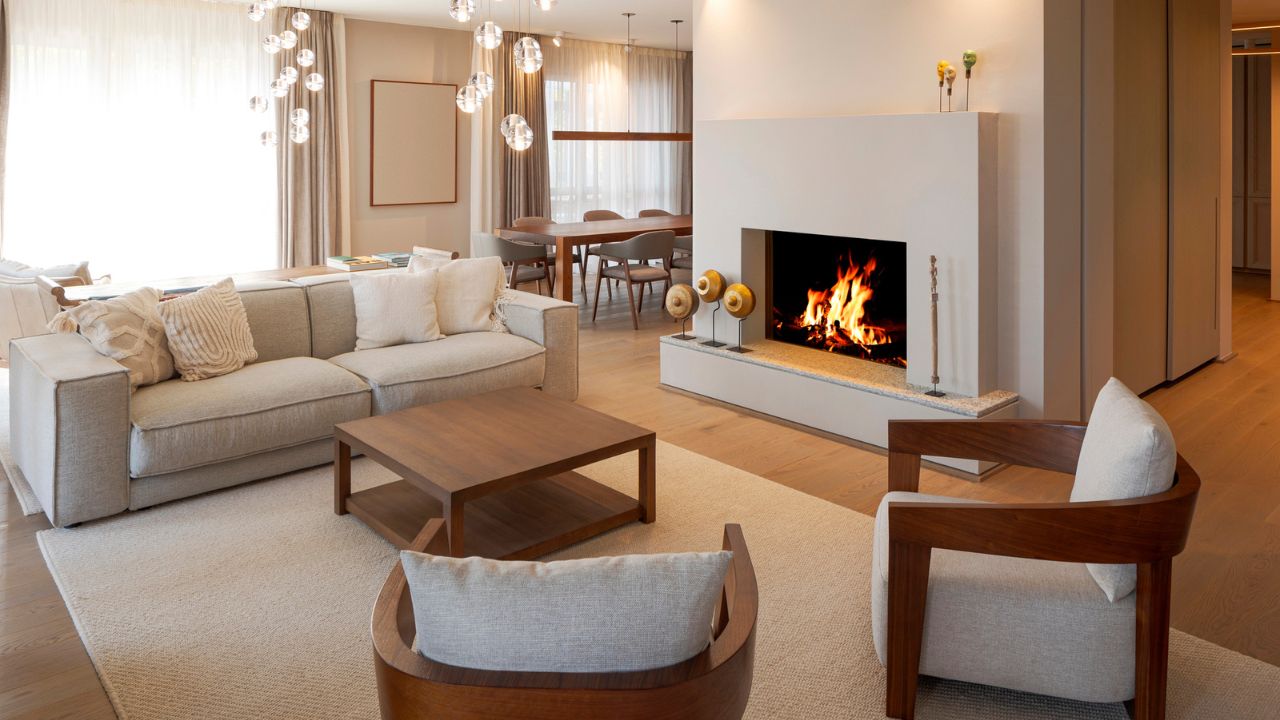
Symmetry Instantly Elevates
Symmetry is a designer’s secret weapon for making a room feel balanced and expensive. Matching nightstands with twin lamps in a bedroom, or two identical armchairs flanking a fireplace, these moves anchor a space visually.
Even if you’re working with affordable furniture, creating symmetry gives everything a polished and intentional vibe. It’s about creating order and calm, something our brains naturally find beautiful.
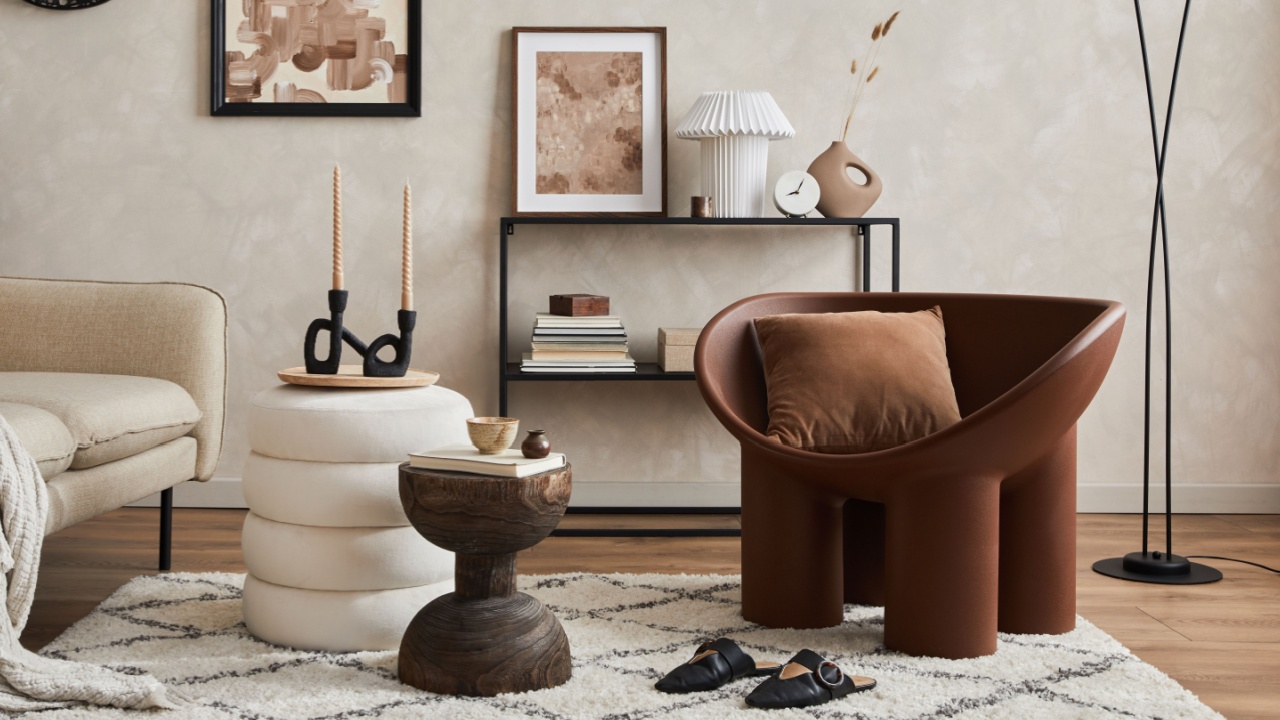
Mix Textures, Not Just Colors
A space layered with velvet cushions, woven baskets, matte ceramics, shiny metals, and chunky knits feels far more luxurious than one that’s flat and uniform.
Designers think of texture like seasoning in a recipe, it adds depth and balance. Try mixing smooth leathers with nubby linens or placing a soft throw over a sleek bench.

Incorporate Metals (But Mix Wisely)
Metallic finishes are luxury’s best friend, but designers rarely stick to just one. A little brass here, a bit of matte black there, maybe a chrome accent thrown in, when done right, mixing metals adds dimension.
The trick? Keep it intentional. For instance, you can use brass for lighting, black for cabinet hardware, and chrome in small decor. Stick to 2-3 finishes max, and balance them across the room.
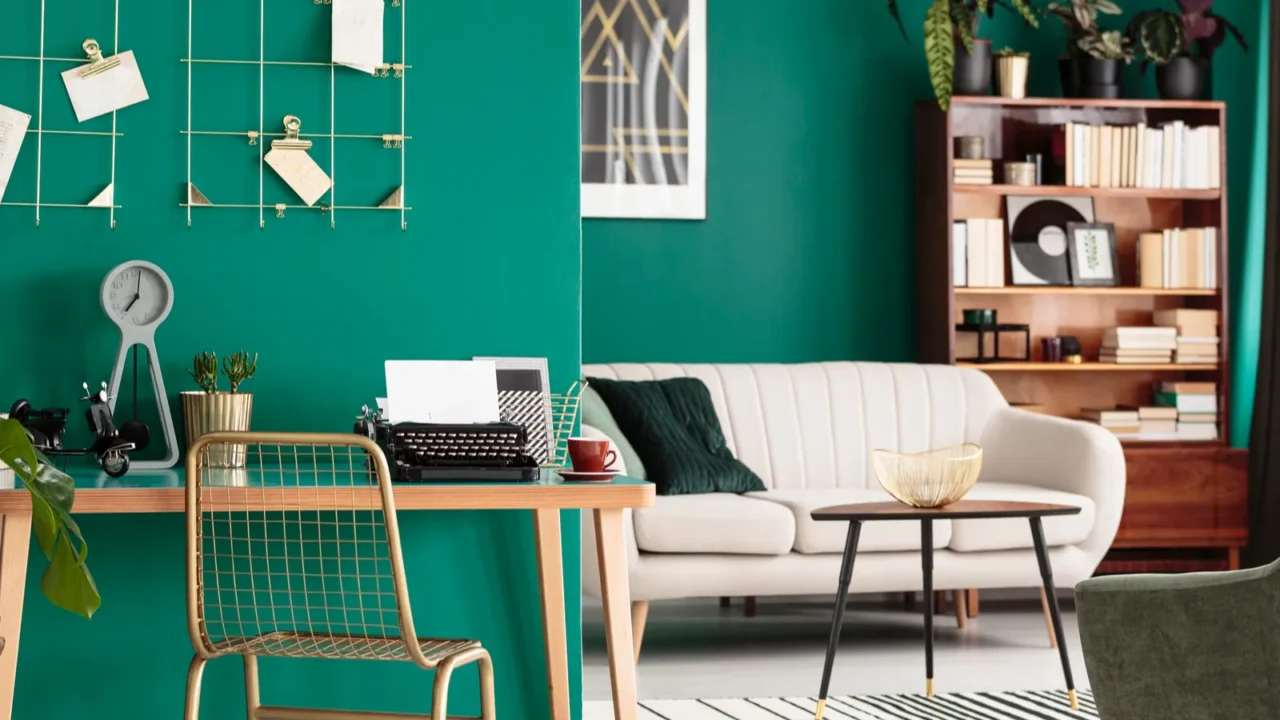
Create Zones in Open Layouts
Designers are masters at breaking up large rooms into livable zones. A reading nook here, a dining corner there, maybe a workspace by the window.
Rugs, lighting, and furniture arrangement do the heavy lifting here. Bonus: it helps homes feel more functional and organized without adding walls. It’s zoning made stylish.
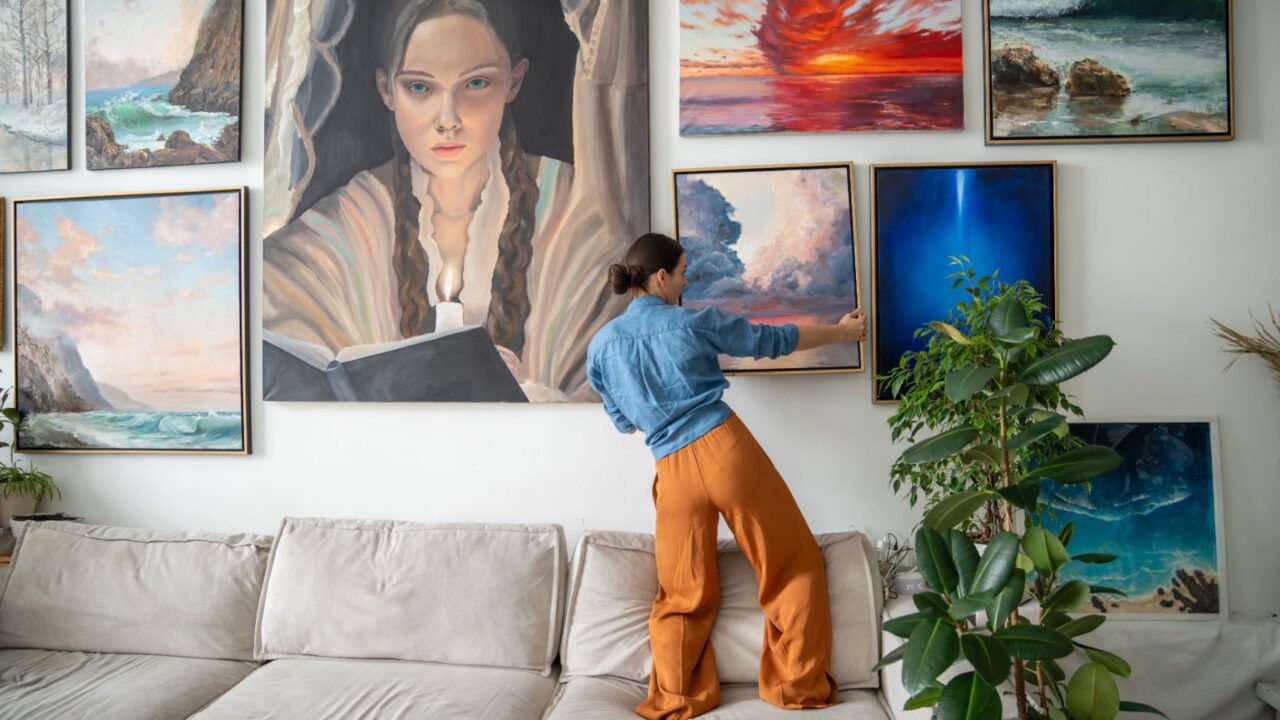
Use Oversized Art
Small art gets lost in big spaces. Designers often go bigger than you’d expect, such as oversized canvases, massive mirrors, or even framed textiles. Large-scale art makes a room feel bold and confident. It also fills visual space without the need for clutter.
One big piece above the sofa or bed can tie the entire room together, adding major designer impact without a major budget.
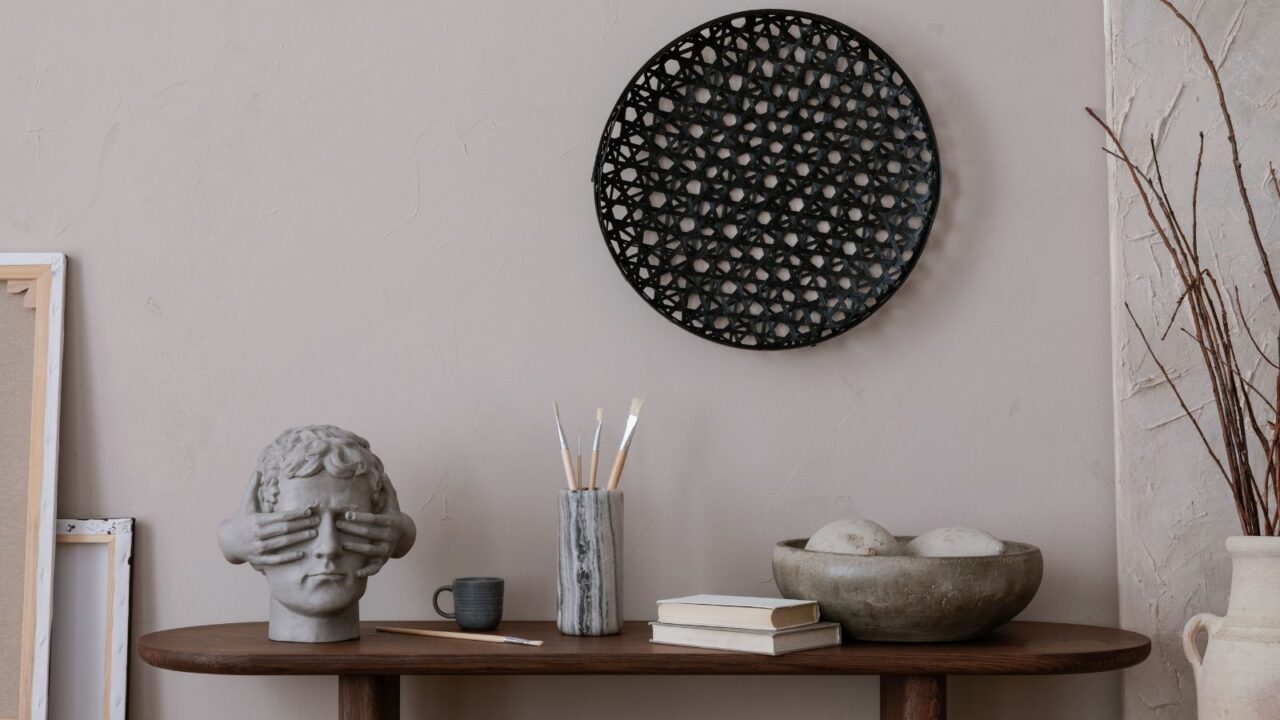
Embrace Minimalism (But Add Personality)
Clean, uncluttered rooms tend to feel more luxurious, but that doesn’t mean sterile. Designers add warmth through carefully chosen accents, like sculptural vases, heirloom books, or one-of-a-kind finds. It’s about restraint with personality.
If you edit thoughtfully, the things that remain, your favorite candle, that artisan bowl, look like part of a design plan, not random leftovers.
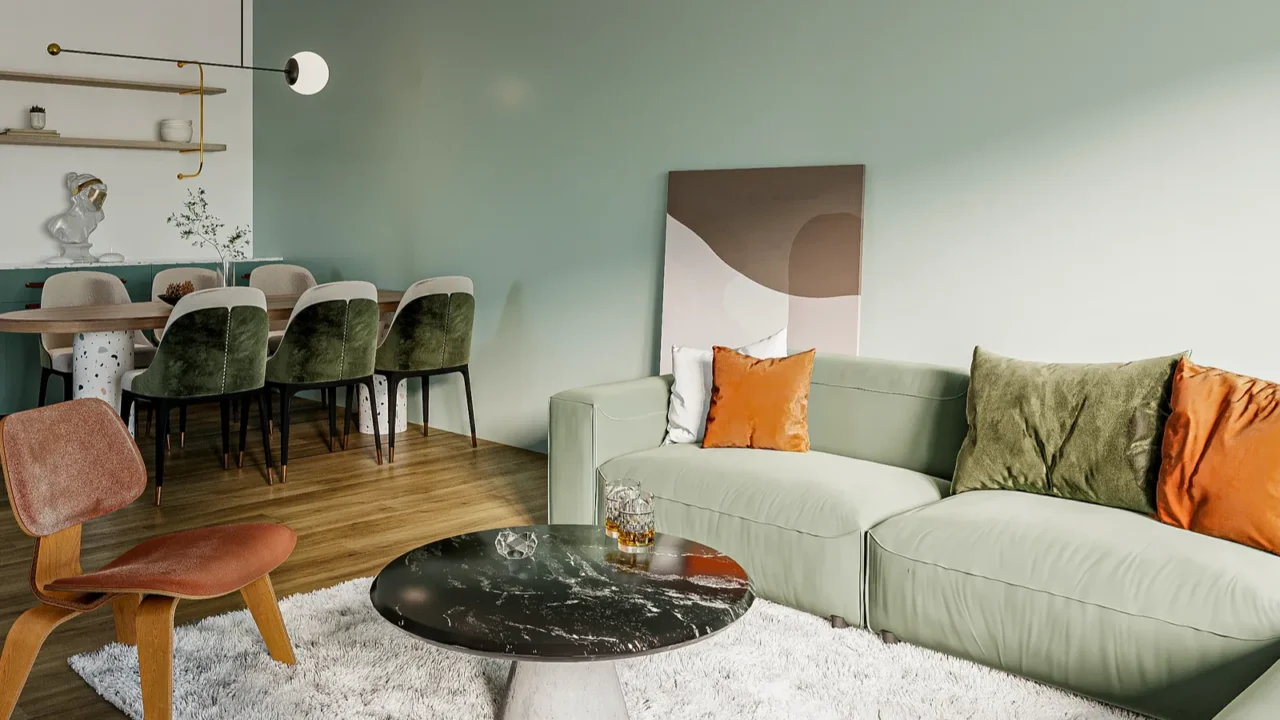
Prioritize Scale and Proportion
You can spot a designer’s room by how well everything fits. A tiny rug under a big sofa or a lamp that’s way too short? That throws the whole balance off. Designers obsess over scale, ensuring furniture, lighting, and decor are proportionate to each other and the room.
Always measure before buying. Go for larger rugs and lighting that’s not dwarfed by furniture. Scale is subtle, but when it’s off, it shows.
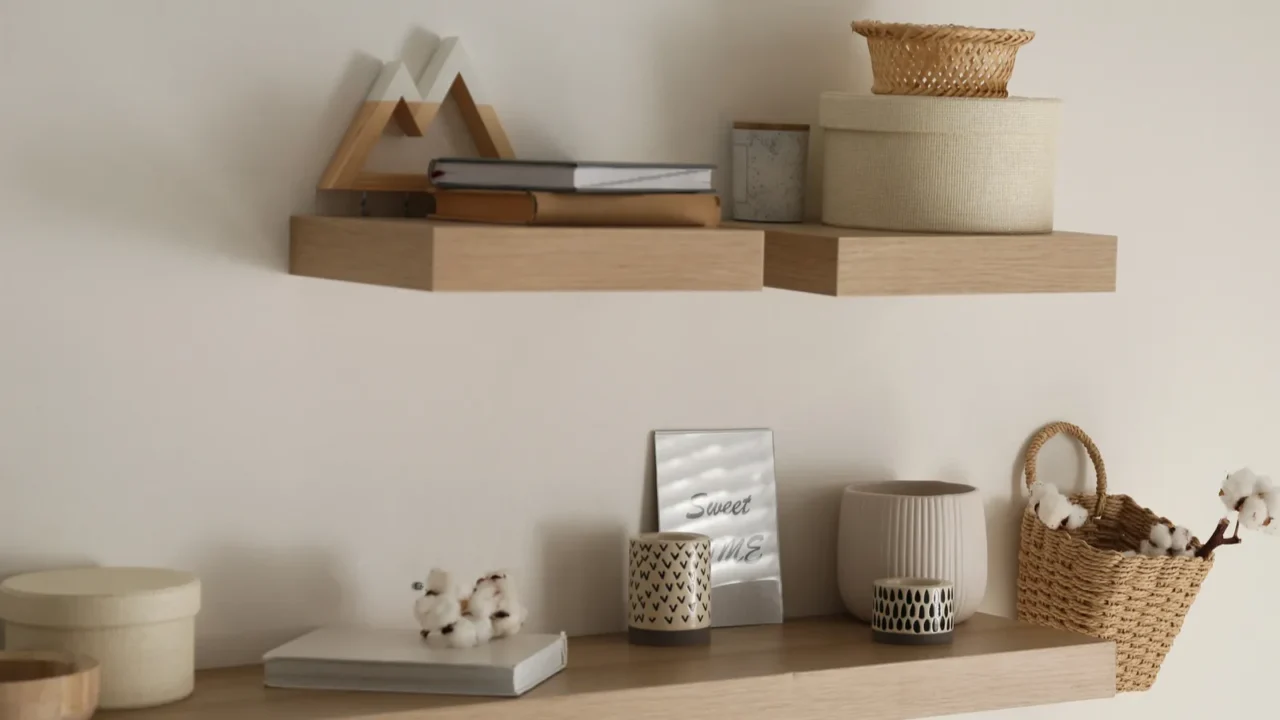
Use Books and Bowls Strategically
It sounds random, but books and bowls are design gold. Adding books and bowls to your shelf and coffee table adds sophistication without trying too hard.
Bowls (especially handmade or unique ones) are perfect for catching keys, showcasing potpourri, or just sitting pretty. Designers know that these small, useful objects double as style statements. Bonus: they’re easy to switch out with the seasons or your mood.
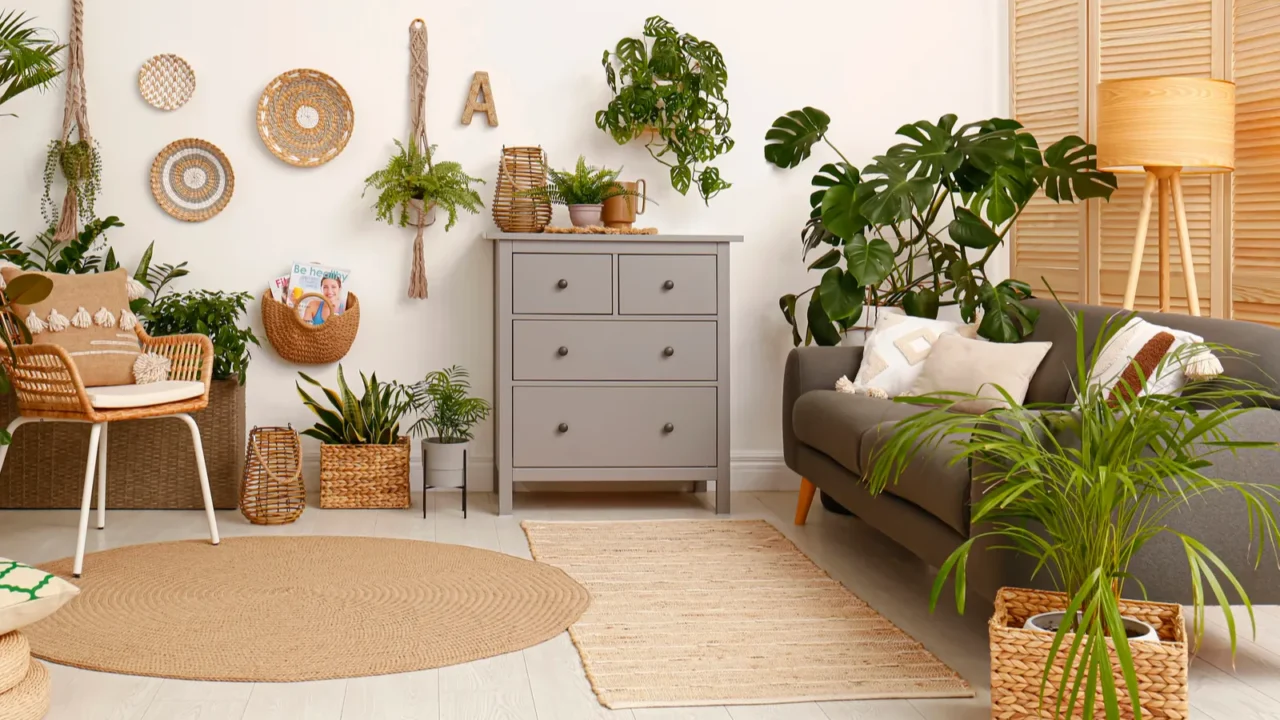
Add Greenery
Plants bring life to any space. Designers use greenery to soften spaces, add color, and breathe fresh air (sometimes metaphorically). A tall fiddle leaf fig in a basket, a vase of branches on a console, or small succulents on a shelf all elevate a space with minimal effort.
Can’t keep a plant alive? High-quality faux options do the trick. Just steer clear of the obviously plastic ones. Use plants not only to decorate but also to refresh your space. Check out 10 indoor plants for keeping your home fresh in summer.
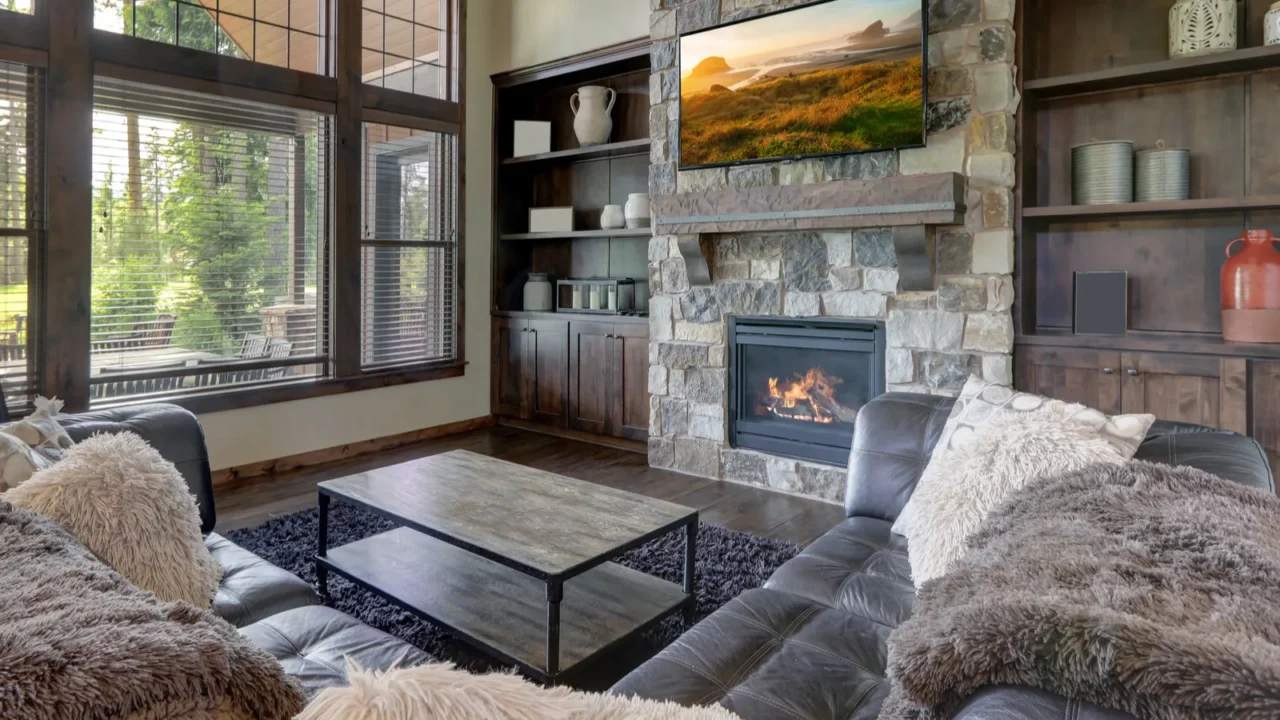
Edit, Then Edit Again
The final designer move? Editing. Once a space is “done,” we walk away and come back with fresh eyes. What feels off? What’s too much? What needs one last zhuzh? The best-looking rooms are never overstuffed.
They’re thoughtful, curated, and a little unexpected. Give your room room to breathe. For more ideas on refined, glamorous restraint, check out Luxury Bedroom Design (Incorporating Glamour) and see how to create elegant spaces.
We’d love to hear how you’re bringing these luxe touches to your space! Share your favorite design tip or transformation in the comments below.
Read More From This Brand:
- What Not to Say to Your Interior Designer
- 15 Must-Haves in a Designer’s Dream Kitchen
- Designer Picks for Stunning Bathroom Upgrades
Don’t forget to follow us for more exclusive content right here on MSN.
This slideshow was made with AI assistance and human editing.